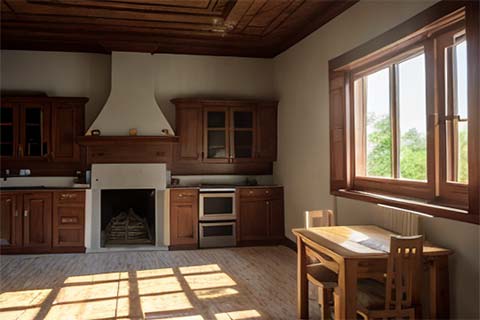Common Fix and Flip Questions
What is the average profit on a fix and flip in the U.S.? +
According to recent statistics, fix and flips can yield an average profit of around $63,000 per project. Investors can increase their profit margins by thoroughly researching the market and developing a comprehensive renovation plan.
What is the 70 rule for house flippers? +
The 70 rule for house flippers states that the total cost of purchasing and renovating a property should not exceed 70% of the After Repair Value (ARV). This rule helps flippers avoid overpaying for a property and ensures that they have enough profit margin after the sale.
What states are best for flipping? +
Texas, Florida, and Georgia are some of the best states to flip houses in due to their low cost of living, high population growth rates, and a thriving real estate market. These states offer great opportunities for house flippers to find cheap homes that need fixing up and sell them for a profit.
However, ATTOM reasearch in May 2023, claims the best ROI on flips is in D.C., Maryland, Delaware, New Jersey, and Massachusetts with profits from $120,000 and up.
Is California a good place to flip a home?+
On average, investors flipped a home for a $92,500 profit margin. The city of Los Angeles and Ventura had profit margins over $160,000 per flip. It's worth noting that proposed bill AB 1771 would have impsoed a 25% tax on home flippers. Taxes on profits can be high in California with bills introduced to influence business and investment decisions.
How long does the average flip take? +
On average, a flip takes between three to six months to complete from start to finish. The duration of the flip can depend on various factors such as the scope of work, budget, and unforeseen circumstances.
What are the holding costs on a flip? +
Holding costs on a fix and flip are expenses incurred during the time that a property is being held before it is sold. These expenses can include property taxes, utilities, insurance, and loan payments. The longer a property is held, the higher the holding costs, which can eat into potential profits.
What is the average number of homes a real estate investor flips each year? +
Real estate investors flip an average of 3 properties per year. However, some may flip up to 10 properties annually.
How do people find homes to flip? +
People find homes to flip through various ways such as networking with real estate agents, attending property auctions, and searching online for distressed properties. They also seek out properties that are priced below market value, have potential for renovation, and are located in desirable neighborhoods.
Additionally, some people find homes to flip by driving around neighborhoods and looking for abandoned or run-down houses that could be renovated and sold for a profit.
How are home flippers doing in 2023? +
The real estate market in 2023 became oversaturated with an influx of home flippers, resulting in decreased demand and ultimately lowering prices. Home flippers in California, Texas, and Florida saw the greatest profit margin erosion (sometimes losses) as they faced the highest competition and saturation of the market.
Despite efforts to renovate and modernize their properties, these flippers were unable to sell them for a profit and many investors have turned them into short or long term rentals.
However, in rich neighborhoods like Beverly Hills, Westlake in Austin, coastal areas, buyer demand and home values have remained strong as well as flipper's profits after renovating the home.


